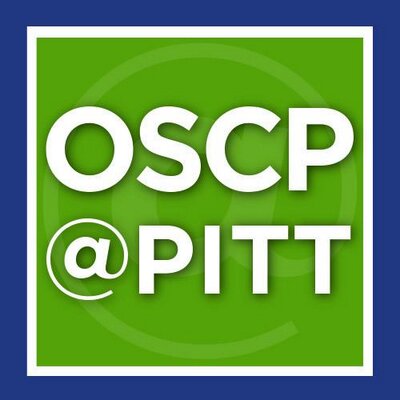Paranjape, SM and Lauer, TW and Montelaro, RC and Mietzner, TA and Vij, N
(2013)
Modulation of proinflammatory activity by the engineered cationic antimicrobial peptide WLBU-2.
F1000Research, 2.
ISSN 2046-1402
Abstract
© 2013 Paranjape SM et al. Background: Host-derived (LL-37) and synthetic (WLBU-2) cationic antimicrobial peptides (CAPs) are known for their membrane-active bactericidal properties. LL-37 is an important mediator for immunomodulation, while the mechanism of action of WLBU-2 remains unclear. Objective: To determine if WLBU-2 induces an early proinflammatory response that facilitates bacterial clearance in cystic fibrosis (CF). Methods: C57BL6 mice were given intranasal or intraperitoneal 1×10 6 cfu/mL Pseudomonas aeruginosa (PA) and observed for 2h, followed by instillation of LL-37 or WLBU-2 (2-4mg/kg) with subsequent tissue collection at 24h for determination of bacterial colony counts and quantitative RT-PCR measurement of cytokine transcripts. CF airway epithelial cells (IB3-1, F508/W1282X) were cultured in appropriate media with supplements. WLBU-2 (25μM) was added to the media with RT-PCR measurement of TNF-α and IL-1βtranscripts after 20, 30, and 60min. Flow cytometry was used to determine if WLBU-2 assists in cellular uptake of Alexa 488-labeled LPS. Results: In murine lung exposed to intranasal or intraperitoneal WLBU-2, there was a reduction in the number of surviving PA colonies compared to controls. Murine lung exposed to intraperitoneal WLBU-2 showed fewer PA colonies compared to LL-37. After 24h WLBU-2 exposure, PA-induced IL-1βtranscripts from lungs showed a twofold decrease (p&0.05), while TNF-α levels were unchanged. LL-37 did not significantly change transcript levels. In IB3-1 cells, WLBU-2 exposure resulted in increased TNF-α and IL-1βtranscripts that decreased by 60min. WLBU-2 treatment of IB3-1 cells displayed increased LPS uptake, suggesting a potential role for CAPs in inducing protective proinflammatory responses. Taken together, the cytokine response, LPS uptake, and established antimicrobial activity of WLBU-2 demonstrate its ability to modulate proinflammatory signaling as a protective mechanism to clear infection. Conclusions: The immunomodulatory properties of WLBU-2 reveal a potential mechanism of its broad-spectrum antibacterial activity and warrant further preclinical evaluation to study bacterial clearance and rescue of chronic inflammation.
Share
| Citation/Export: |
|
| Social Networking: |
|
Details
| Item Type: |
Article
|
| Status: |
Published |
| Creators/Authors: |
| Creators | Email | Pitt Username | ORCID  |
|---|
| Paranjape, SM | | | | | Lauer, TW | | | | | Montelaro, RC | rmont@pitt.edu | RMONT | | | Mietzner, TA | | | | | Vij, N | | | |
|
| Contributors: |
| Contribution | Contributors Name | Email | Pitt Username | ORCID  |
|---|
| Reviewer | Nijnik, Anastasia | UNSPECIFIED | UNSPECIFIED | UNSPECIFIED | | Reviewer | Savage, Paul | UNSPECIFIED | UNSPECIFIED | UNSPECIFIED |
|
| Centers: |
Other Centers, Institutes, Offices, or Units > Center for Vaccine Research |
| Date: |
8 February 2013 |
| Date Type: |
Publication |
| Journal or Publication Title: |
F1000Research |
| Volume: |
2 |
| DOI or Unique Handle: |
10.12688/f1000research.2-36.v1 |
| Schools and Programs: |
School of Medicine > Microbiology and Molecular Genetics |
| Refereed: |
Yes |
| ISSN: |
2046-1402 |
| Date Deposited: |
08 Aug 2016 17:45 |
| Last Modified: |
04 Feb 2019 15:57 |
| URI: |
http://d-scholarship.pitt.edu/id/eprint/29133 |
Metrics
Monthly Views for the past 3 years
Plum Analytics
Altmetric.com
Actions (login required)
 |
View Item |








